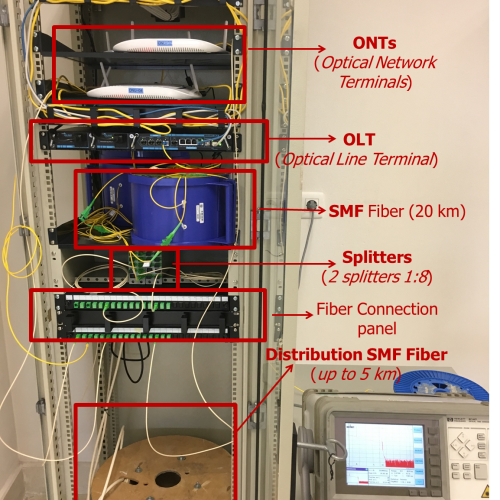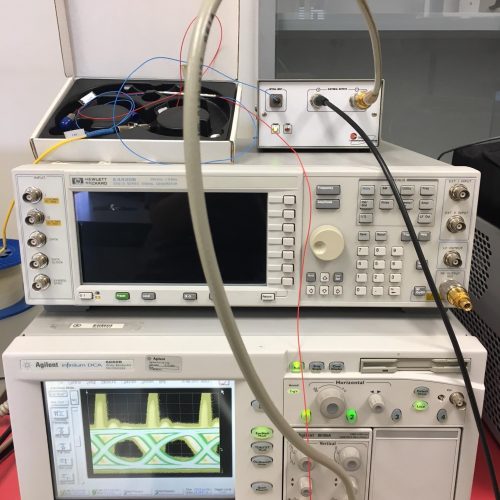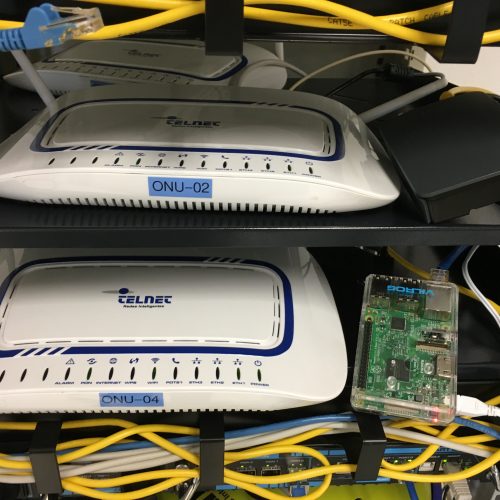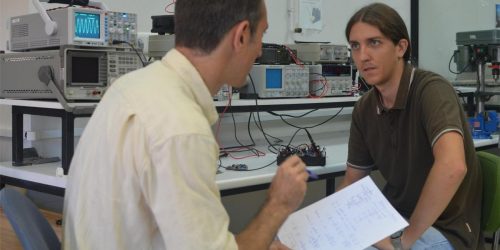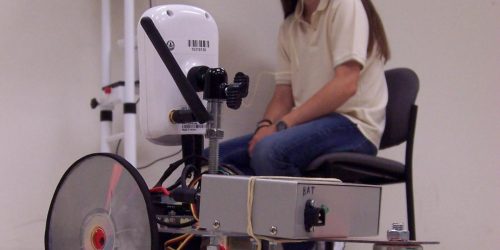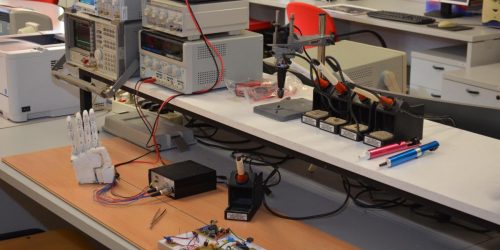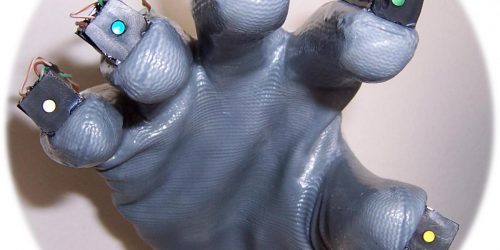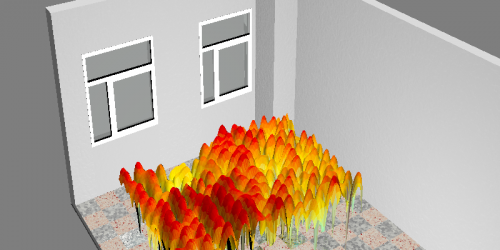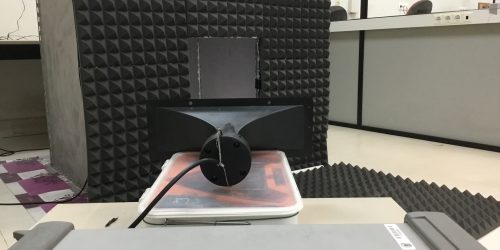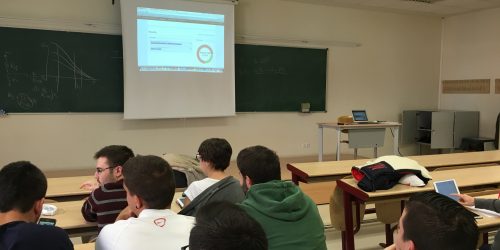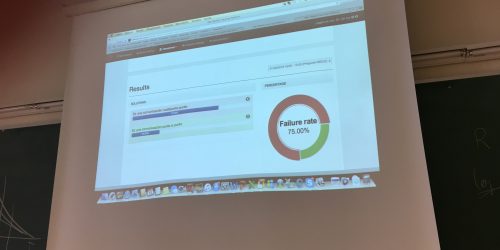Research Areas
Optical Communications Networks
In this line of research we focus on proposing and analyzing new architectures of optical access and transport networks, developing sizing and control methods to offer end-to-end service differentiation, in order to provide solutions that can be adopted by companies to short and medium term.
In the area of access networks, we work on passive optical access network (PON) architectures (Passive Optical Networks) proposing new methods of access control to the medium and algorithms of dynamic allocation of bandwidth to use the resources of the network efficiently and to offer the quality of service required by each application and user. The transmission network works on the estimation of transmission quality and on the evaluation of the performance of various architectures of optical networks, including elastic optical networks and cognitive optical networks. Precisely, the application of artificial intelligence techniques in general, and of machine learning in particular, to optical networks, has been one of the central elements of many of our investigations. We are currently also working on the integration of SDN (Software Defined Networks) and virtualization technologies in the optical access and transport networks.
Radiocommunications
In this subject three lines of work are addressed. The first line consists of developing a system of integration of measuring stations. The objective is to offer the companies responsible for the monitoring of electromagnetic fields the possibility of integrally managing the two most popular types of measurement stations, Antennessa and Narda, making transparent to the system administrator the individual management differences of the same. . The second line deals with MIMO systems, evaluating the performance of these systems taking advantage of what until now seemed to be an obstacle in wireless communications, the multipath. The third line investigated on wireless localization techniques in interiors, and the objective was, fundamentally, to offer a real alternative to the positioning systems based on the GPS system in environments of inside or dense urban environments where the GPS coverage is practically null or non-existent. To this end, certain parameters were used, such as the power or time of arrival of 802.11 or RFID signals, applying NLOS corrective techniques (lack of direct vision) that considerably improve accuracy. Currently, this third line has been interrupted in time due to changes in the fate of the integrating researchers.
Propagation modeling for dosimetry and localization
Mathematical modeling of wave propagation is of vital importance in a multitude of applications. Each of these applications has its own peculiarities. We are currently working on the resolution of intermediate frequency problems in the field of dosimetry and localization. That is, in those problems where asymptotic high or low frequency methods do not work. In these cases neither the modes nor the rays correctly describe the propagative phenomenon of the signal. In particular, in the field of dosimetry we work mainly on the effect that the shadow of the human body has on personal dosimeters. While in the field of localization we focus on obtaining the position of a source using measurements of different physical parameters such as intensities, delays, phases, polarizations, etc.
Rehabilitation Technologies
Within this line of research the objectives that are developed are the following:
- Development of prototypes for Rehabilitation Technologies, related to the registration of biological signals, implanted systems, functional electrostimulation (FES), sensory stimulation and assistive devices for the disabled, or people with language and communication disorders. These prototypes implemented as fully functional systems are intended to improve the quality of life and personal autonomy of people with disabilities.
- Afferent interfaces. Real-time systems for the extraction, processing and interpretation of biomedical signals for the management of myoelectric prostheses, domotic elements, communication and augmentative capacities.
- Efferent interfaces. Real-time systems for sensory or functional stimulation of users with different conditions, including mobility or communication problems, among others.
- Development of measurement protocols for the measurement of non-ionizing radiation and its application in field measurements.
Teaching Innovation
The objective in this line of research in the coming years is focused on virtual teaching and interaction with telematic tools e-learning and m-learning, since they have become an essential support for new teaching methodologies due to their flexibility, development and the degree of attraction and dynamism that they offer in the teaching-learning process. In this sense, the Optical Communications Group of the University of Valladolid is immersed in the design and development of different tools and applications of these characteristics.
On the one hand, the GCO has developed a virtual learning environment, called AIM-Mobile Learning Platform and winner of the First Prize of the Social Council of the UVA 2015, which aims to enhance teacher-student interaction, streamline and automate certain educational tasks such as continuous assessment within the classroom in real time, as well as the design of resources and interactive online content and the management of students, teachers and subjects; all this through mobile and wireless devices. This environment has a multifunctional character, consisting of a server application (used by the teacher) and a client application (used by the student). The learning environment is directly applicable in multidisciplinary educational contexts and is available in several languages, being the first experimental prototype used in subjects of different degrees. However, work continues to encourage and encourage the continued use of the virtual environment, implementing and integrating new features and improvements that meet the objectives of the teaching-learning process. On the other hand, the GCO has also developed applications for Android Tablets / mobiles that support the teacher to monitor student work and facilitate continuous assessment.
